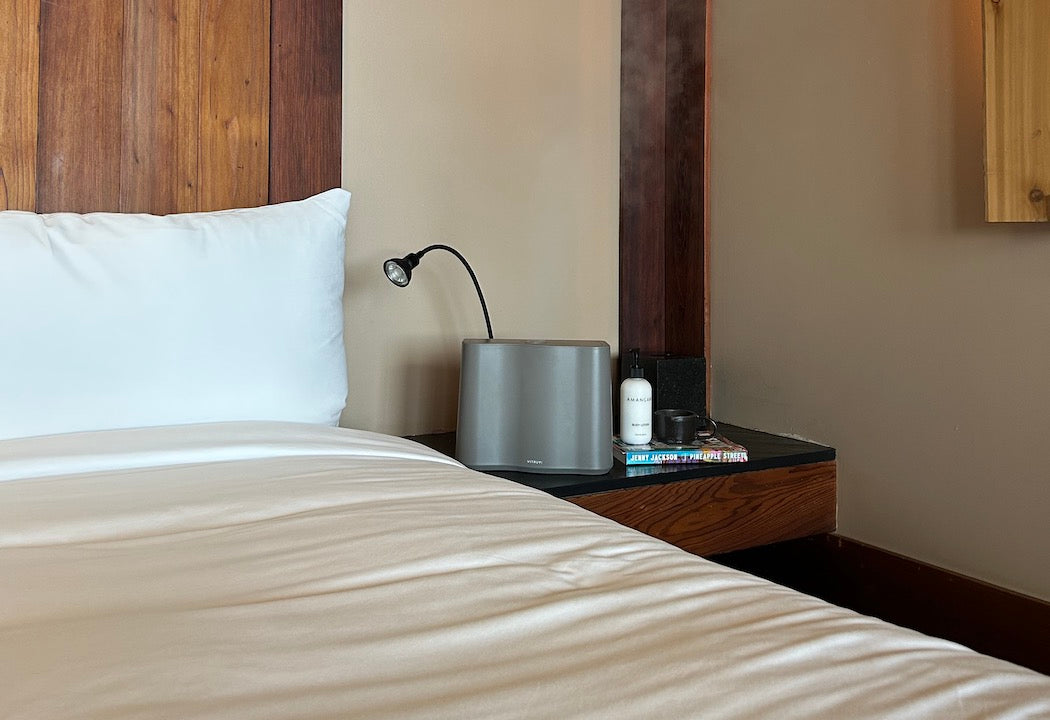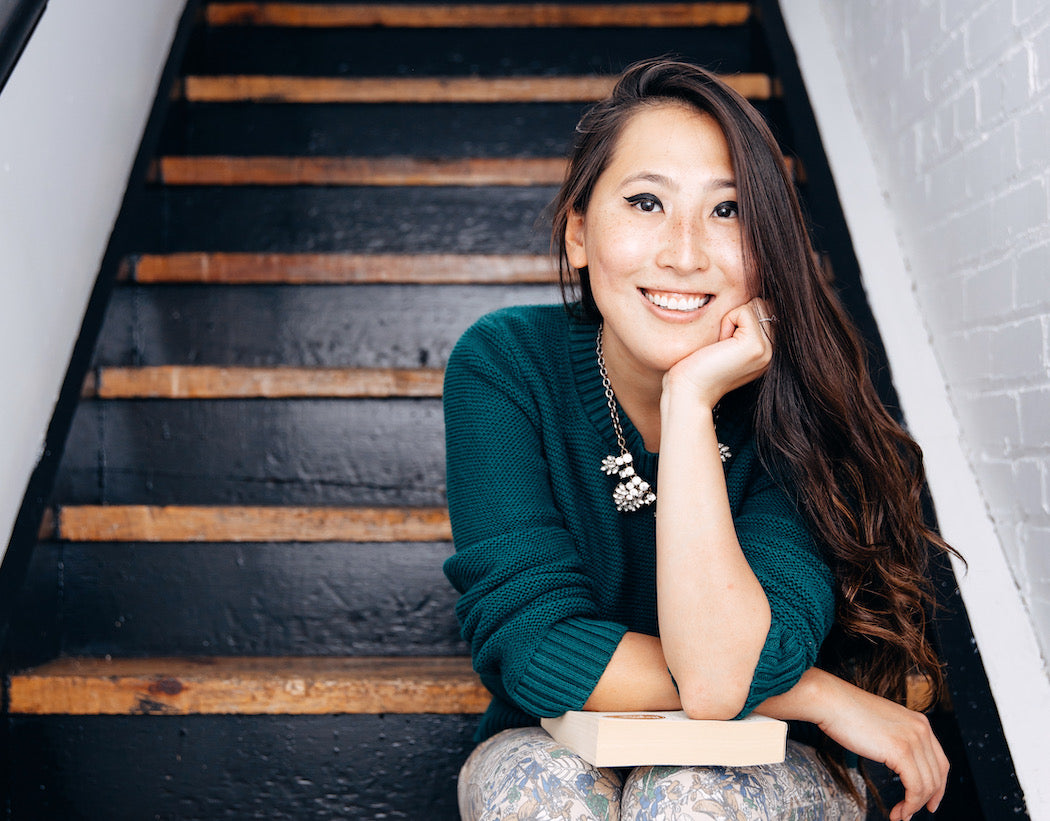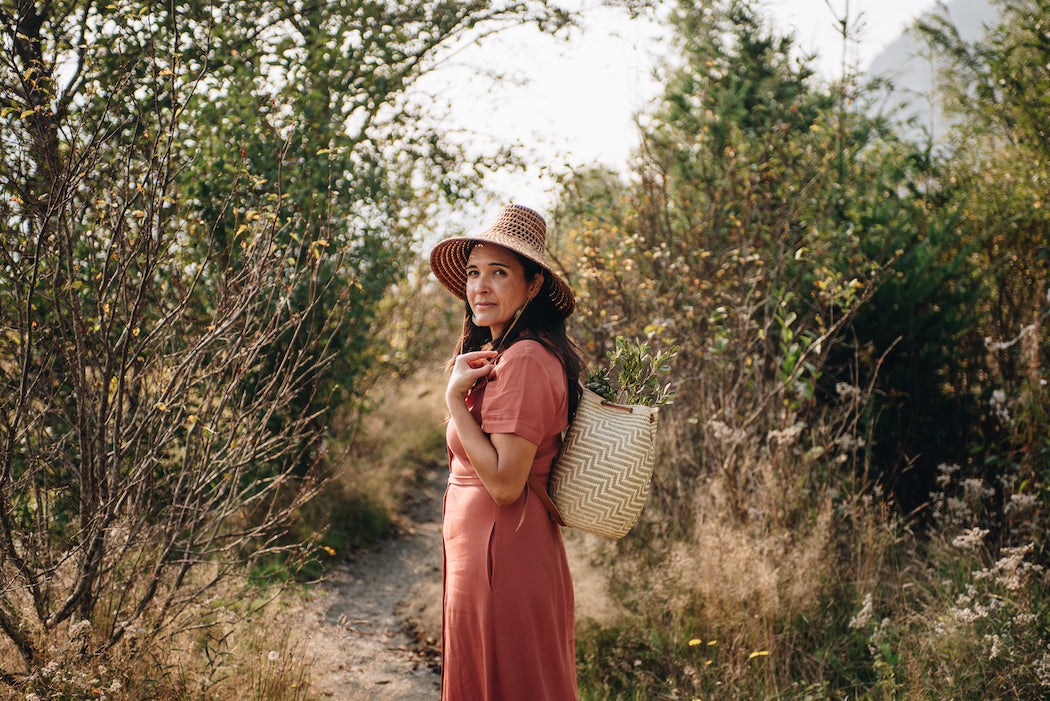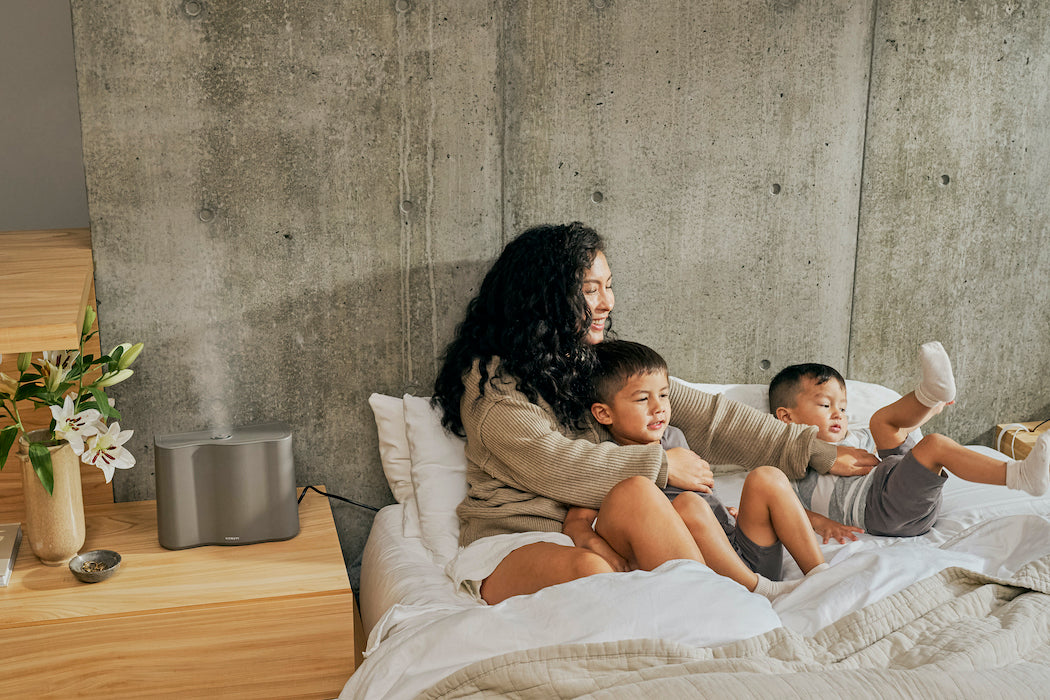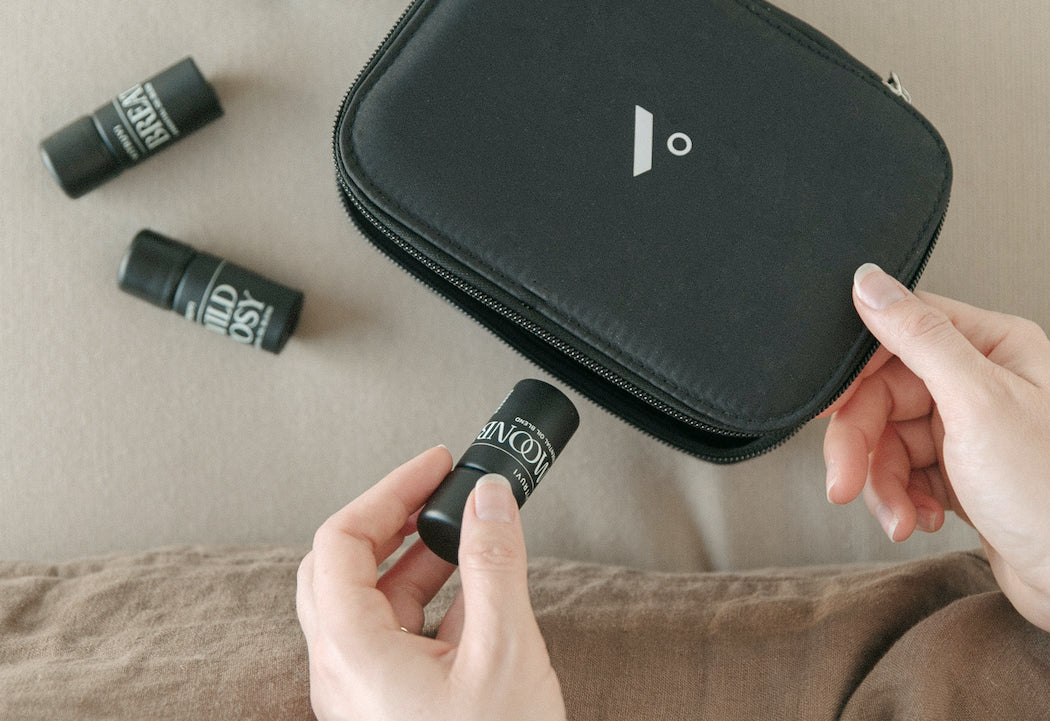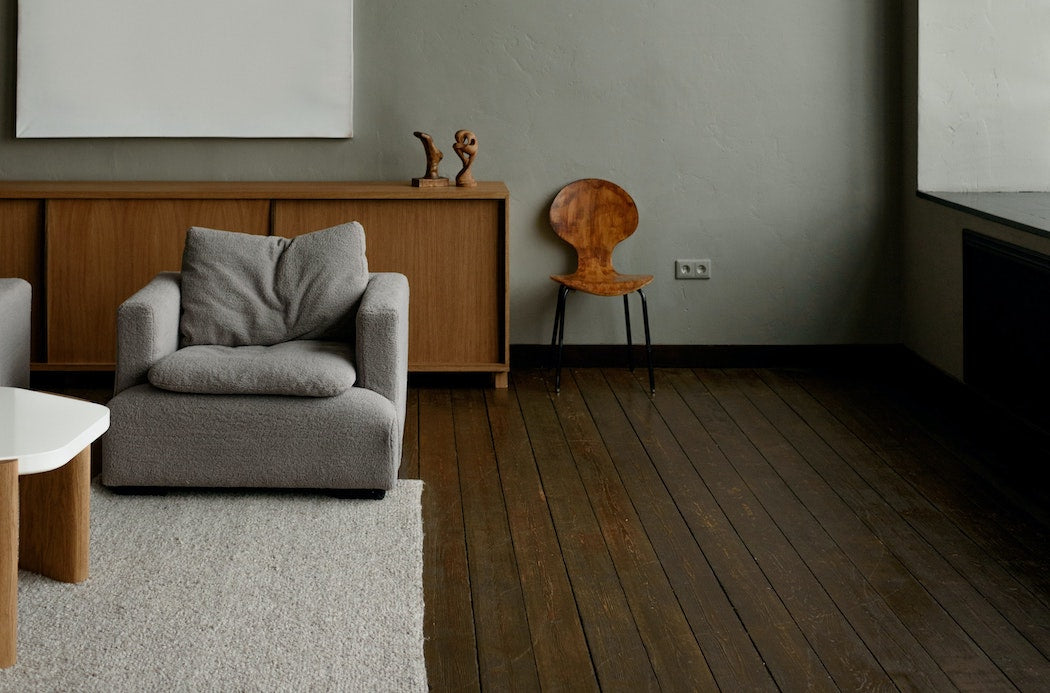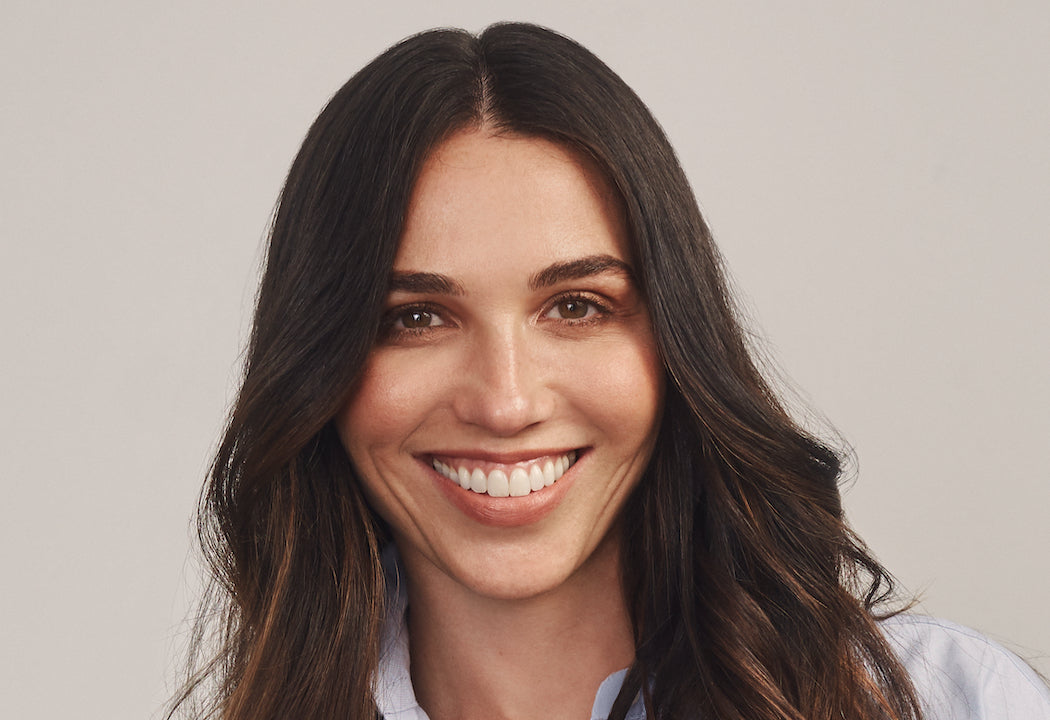When Alana Paterson was young, her version of rebellion was telling her mom that she wasn’t going to be an artist when she grew up.
She was born into a very creative family of painters, architects, and designers—so to her, the most biting comeback she could deliver was saying she wasn’t pursuing the arts. That is, until she found photography.
“My sister gave me a Pentax and I just kind of went from there,” she says, recalling the day when she was 13 or 14 that changed it all. “I was like, ‘This is something I could actually do; this is a creative outlet where I don’t get frustrated and walk away.’ Up until that point there was maybe some general creativity, but nothing that I could stay committed to for more than 20 minutes.”
Today, Paterson—who studied at Emily Carr University of Art + Design in Vancouver, along with a year abroad at Lesley University’s Art Institute of Boston—is a sought-after photographer whose clients range from The New York Times to the Squamish Nation. Her photographic style bridges the gap between editorial and documentary, capturing the raw, intangible essences of her subjects. This layered approach is why she loves photographing people most of all.
“They’re just so complicated and nuanced, and there’s an infinite amount of things that could happen in the image,” she says, seated at the cafe inside Nordstrom Vancouver. “There are a million ways for a portrait of a human to read in different ways. Their lip just...”—she twitches her upper lip in demonstration—“…or their eyes are a little squinty, or they’re leaning back. Everybody has a story, everybody is interesting. Everybody has something to offer the camera if you choose to dig deep enough.”
When it comes to digging deep enough to make someone feel comfortable in front of her camera, Paterson likes to crack jokes or make herself look silly as a way to cut the tension. But she also trusts her intuition about people who she senses will share something truly real right off the bat. “Sometimes I walk into a room and see a face and just know that they will reveal themselves as soon as the camera’s in front of them, and I’m never wrong,” she says. “It’s a lack of a barrier or an innocence, and it’s readable from across the room.”
She grabs her phone and pulls up a photo she took for a series on girls playing hockey: a young, fresh-faced referee stands outside in the snow and stares back at the camera, holding her helmet. “I saw her and I just knew—everyone else was cool, but for her it’s different. She’s just wide open. There’s nothing there, there’s no shield; she’s just standing in front of the camera just baring her soul to you.” There is definitely something uninhibited about the look in her eyes; she isn’t posing and she isn’t trying. She just is.
The ability to capture that kind of intimacy is what sets Paterson apart. She may have once told her mom she would never be an artist, but her work today tells a much different story.



